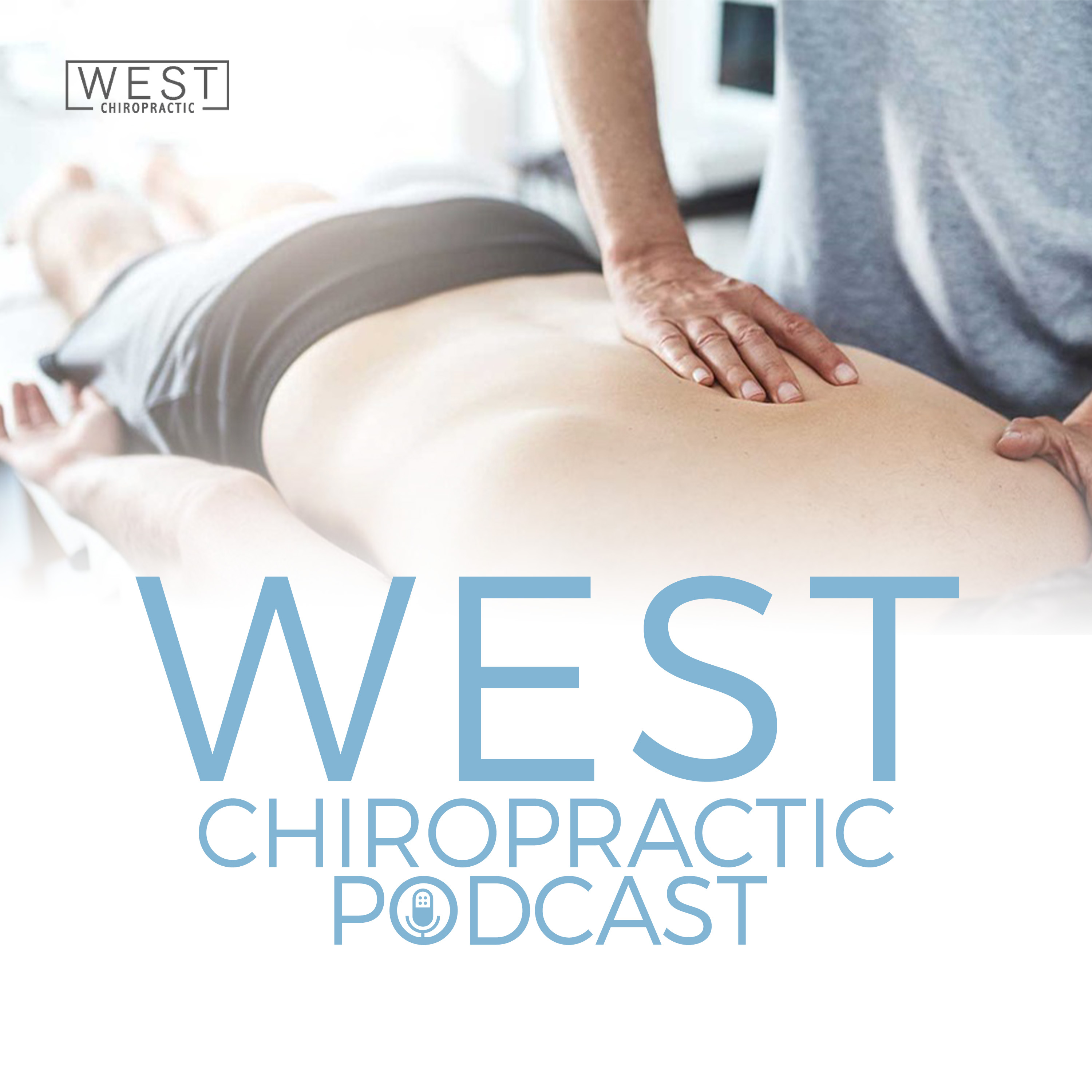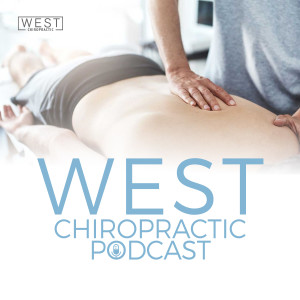
3K
Downloads
63
Episodes
Do you know someone struggling with back or neck pain? They have tried may different therapies, medicines and exercises? We have seen it all and have put together some of the leading minds in back pain management and how to keep yourself mobile and independent long term.
Episodes

Tuesday Jun 04, 2024
Episode 53-How do you know if back pain is serious?
Tuesday Jun 04, 2024
Tuesday Jun 04, 2024
When is Back Pain Serious?
Hello everyone! Dr. Jeremy Andrews here, Doctor of Chiropractic at West Chiropractic. Today, I'm going to explain when back pain becomes serious and requires immediate medical attention. As chiropractors, we often manage back pain, but certain red flags signal the need for urgent care.
Recognising Serious Back Pain
While chiropractors diagnose and treat various spine-related issues, some symptoms indicate that you need to seek immediate medical attention. One critical condition we look for is cauda equina syndrome, which can have serious implications if not treated promptly.
Cauda Equina Syndrome
This condition occurs when the spinal cord is compressed, usually by a central disc prolapse, affecting the bundle of nerves at the lower end of the spinal cord (the "cauda equina," resembling a horse's tail). Immediate action is necessary to prevent long-term damage.
Symptoms of Cauda Equina Syndrome:
- Bowel or Bladder Incontinence: Inability to control bowel or bladder functions.
- Saddle Anesthesia: Numbness in the groin, buttocks, and inner thighs.
If you experience these symptoms along with back pain and leg pain, seek emergency medical attention immediately.
Types of Disc Prolapses
- Lateral Disc Prolapse: The disc bulges out to the side, causing pain, numbness, and tingling down the leg. This is commonly treated by chiropractors.
- Central Disc Prolapse: The disc bulges towards the spinal cord, potentially causing cauda equina syndrome. This requires urgent referral to a spinal surgeon.
Management of Cauda Equina Syndrome
Patients who have had cauda equina syndrome can be managed conservatively after clearance from a spinal specialist. Treatment includes gentle chiropractic adjustments, soft tissue work, acupuncture, and core stability exercises.
Exercises for Stability (Post-Approval)
If you've had a disc issue and have been cleared by a medical professional, here are some exercises to help maintain stability:
-
Pelvic Tilts:
- Sit and rotate your pelvis forward and backward.
- Ensure your tummy is tucked in and your glutes are activated.
-
Dead Bug Exercise:
- Lie on your back, keep your core tight.
- Lower one leg slowly while keeping your back flat.
- Alternate legs, making sure not to let your back arch.
-
Bird Dog Exercise:
- Start on your hands and knees, shoulders over wrists.
- Extend one leg and the opposite arm while keeping your core stable.
- Alternate sides, focusing on activating the glutes.
Important Reminders
- Only perform these exercises if you've been cleared by your doctor or spinal specialist.
- If you experience any pain, numbness, or tingling, stop immediately and seek professional advice.
Conclusion
Recognising serious back pain and knowing when to seek urgent care can prevent long-term complications. If you experience symptoms of cauda equina syndrome, act quickly. For those managing post-disc issue recovery, proper exercises with professional approval can help maintain spinal stability.
For more information and tips on back care, check out my bestselling books, "The Secret Cure to Back Pain" and "Transform Your Back." If you found this helpful, please like, share, and subscribe for more updates.
Get a copy of my best selling book here

No comments yet. Be the first to say something!